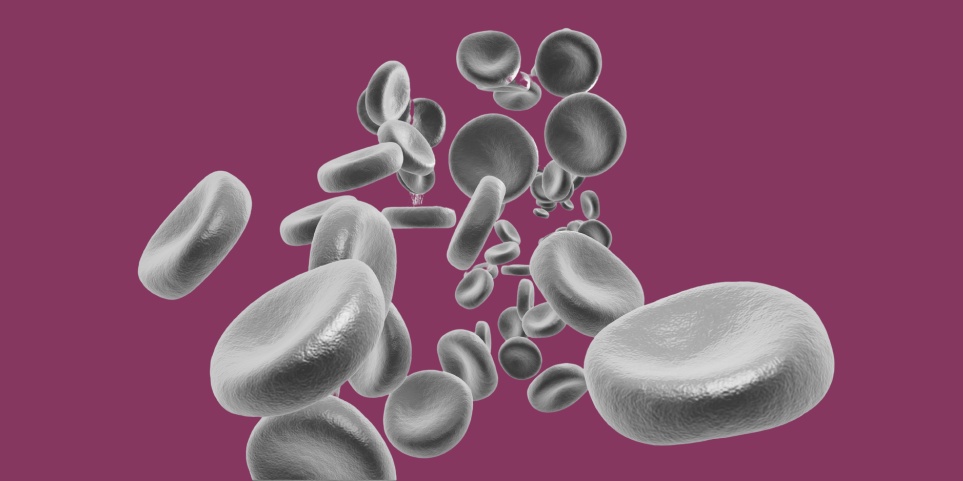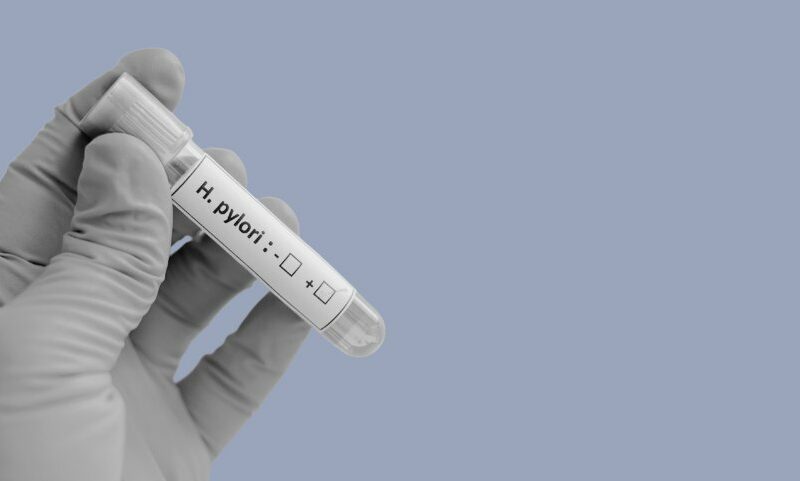
De-emphasizing hemoglobin and the CBC
Do you think anemia and iron deficiency are the same thing?
Well, so do a lot of doctors.
And we’re all wrong.
Why?
Somewhere in medical history we elevated hemoglobin alone as the single representative of iron deficiency.
This is probably the case for a few reasons, from social to economic to outright political:
- A lot of people are iron deficient. Strained medical resources usually mean there isn’t a will to devote attention to problems most people face because there’s simply too many of you.
- Triage mentality is that if the problem isn’t going to kill you, we tend to wait til it’s about to because there’s other people with more important concerns to take care of. We don’t operate in a preventative medical system, which means people who are on their way to having extremes of treatable conditions are often overlooked. We have a tendency to wait too long to help fix people’s health problems.
- Sexism in medicine? You don’t say. Iron deficiency is overwhelmingly a female health concern. And like many other female health concerns, we don’t pay it the justice it deserves.
- Medical education hasn’t kept up to date with the research in the field of iron deficiency and many doctors don’t believe there are consequences to iron deficiency without anemia.
- Lab reports don’t highlight iron (ferritin) numbers til they are very low, which reinforces the minimizing of iron deficiency as a continuum of both symptoms and lab results.
- A lot of people are iron deficient. Strained medical resources usually mean there isn’t a will to devote attention to problems most people face because there’s simply too many of you.
Anemia vs Iron Deficiency - the CBC.
There are other markers in a Complete Blood Count (CBC) called MCV and MCHC that we historically use to identify the size and colour saturation of red blood cells. Both factors point to how much iron is in the blood.
What’s not commonly appreciated is that these otherwise sensitive markers notoriously confuse doctors into thinking the patient is normal when the labs are reported normal. They are the LAST factor that changes with iron deficiency. 51% of people with iron deficiency have normal MCV.
Add to that, B12 deficiency makes red cells look bigger than they really are.
And a lot of people with iron deficiency are also B12 deficient, which is really tricky to properly interpret labs. 25% of the time B12 deficiency masks iron deficiency.
You see, the more B12 deficient a person is, the bigger their cells look, which is exactly the opposite of the cell shrinking that happens with iron deficiency.
It’s time to give iron deficiency without anemia its day in the sun. We’ve been very mistakenly keeping everyone in the dark about the impact of low ferritin, with all this black-or-white focus on hemoglobin.














